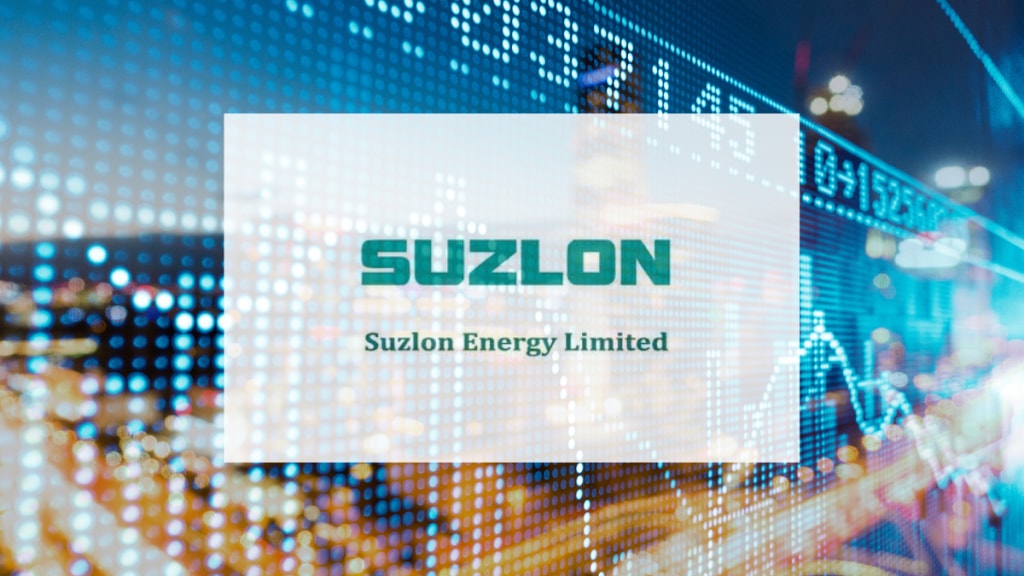Rising competition from solar and battery energy storage systems (BESS) could pose challenges for renewable energy solutions provider Suzlon’s execution in the next couple years, according to analysts said.
“We expect the wind industry to plateau at 8–10 GW over next 2–3 years amid rising competition from solar plus BESS projects. Assuming Suzlon retains 30–35% share, execution is likely to flatten at 3–3.5 GW annually over FY27–28,” a note by Nuvama Institutional Equities stated.
JM Financial in a report earlier flagged execution bottlenecks (connectivity, land & Right of Way or RoW) as critical constraints in scale-up of wind energy which, it believes will limit the annual installations to 7-8GW.
“Suzlon is likely to struggle in maintaining growth momentum from FY28 in the absence of scalable diversification,” the brokerage said.
With 4.5 GW of capacity and 6.2 GW of order book, the company is confident of at least 60% growth in key performance parameters. Localisation of wind energy components, continued confidence of large utilities in wind energy and shift of projects’ mix to hybrid will continue to give good opportunities to Suzlon ‘in spite of partial substitution of wind’s share in hybrid projects with Solar+BESS’, JM Financial added.
Suzlon commissioned 153 MW of projects in Q2FY26 as against 130MW Q2FY25. Execution pipeline of company stands at 1,865MW, with foundation in progress for 286 MW. The company has guided for commissioning of at least 1500 MW during FY26.
The country, meanwhile, added 1,449 MW of wind energy capacity to 707 MW during Q2FY25.
When contacted, a Suzlon spokesperson said: “We are building a sustainable and profitable business much beyond 2028.”
In a post earnings call with analysts, JP Chalasani, group chief executive officer, Suzlon Energy, said it is not one (solar) versus other and so on.
“If we need to achieve lowest cost of energy, which is mandatory for us, and if we need to achieve the capacity additions in a manner to match load factor of the country, then only we can replace fossil fuel. For that what is needed is FDRE (firm and dispatchable renewable energy),” Chalasani said.
Based on a analysis done by the company, he said in order to create 300 MW project with a 80% PLF (plant load factor) a year and 75% on a monthly basis and 90% availability on a peak period, if one does solar plus BESS only, tariff works out to be `6.5 per unit and same thing done with a solar plus wind plus BESS, it would be `4.65 a unit .
“On a cost of energy basis, you can never get lower tariff with only solar plus BESS. It has to be all three (solar, wind and wind),” he said.
To expedite the capacity addition, the company is planning to bundle its offerings of EPC contracts with land. It has identified land suitable for 23 GW of projects, out of which the land acquisition process has been started for 11.5 GW.

